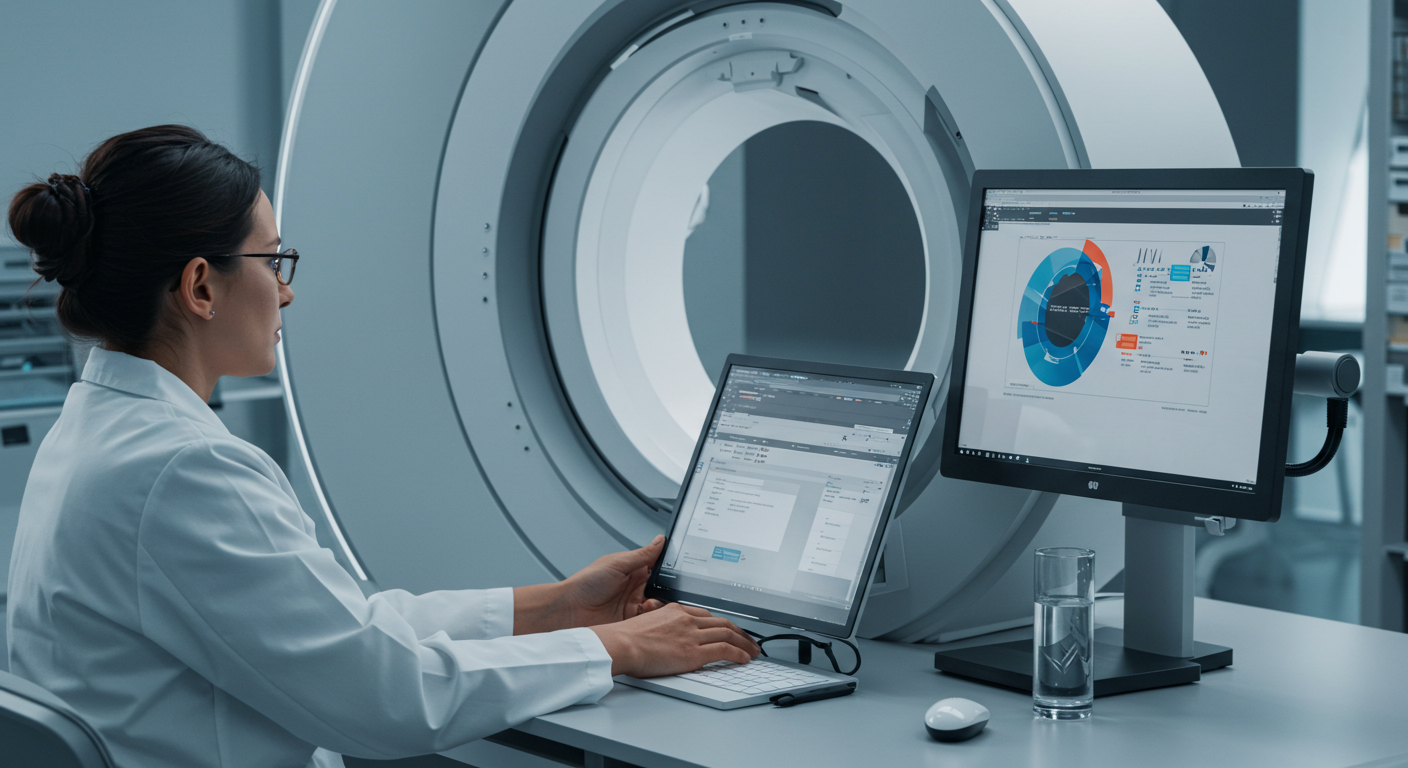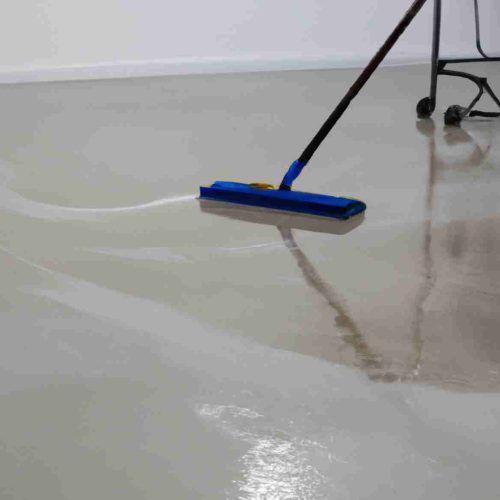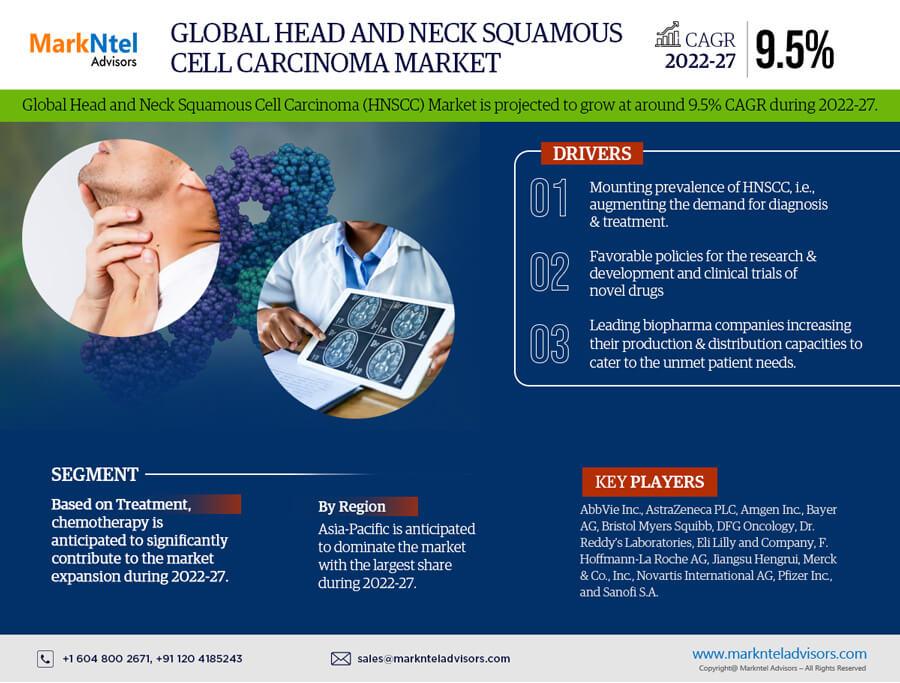Integrating the AI with PACS and VNA in Healthcare

Healthcare providers use two main systems to manage imaging data. These are the Picture Archiving and Communication System (PACS) and the Vendor Neutral Archive (VNA). PACS helps store and display medical images. It connects with diagnostic imaging machines like X-ray, CT, and MRI. VNA is a storage system that works with different software vendors.
PACS works well within a single system. VNA allows hospitals to share images across departments and facilities. VNA makes it easier to move and view data without needing to convert formats. Both systems are vital in hospitals. They help technologists and doctors work faster and with more accuracy.
How Artificial Intelligence (AI) Enters the Picture
AI is now being used in diagnostic imaging. It reads images and finds patterns. AI supports technologists in spotting things that are easy to miss. For example, AI can scan a chest X-ray and flag possible lung problems.
AI also improves image quality. It removes noise and clears blurry areas. This makes it easier for diagnostic imaging technologists to review results. AI also helps sort images and match them with patient data.
AI is not replacing humans. It works alongside people. It speeds up tasks and cuts down mistakes. In busy hospitals, this support saves time and helps with better care.
Benefits of AI in Imaging Workflows
AI helps in different steps of the imaging process. First, it helps during scheduling. AI finds the best time slots and reduces wait times. This helps patients and makes the process smoother.
In imaging, AI supports clear and quick results. It checks for common signs like fractures or infections. This helps technologists prepare the right scans.
After imaging, AI helps label and sort files. It matches data with the correct patient. This lowers the chance of human error. It also helps in tracking and reviewing cases later.
Making AI Work with PACS and VNA
Connecting AI with PACS and VNA systems needs planning. AI tools must work with existing software. The systems must talk to each other and share data. Once this is set, AI can begin to help.
AI tools can find patterns in past data. This is useful for long-term studies. Hospitals can track how often a disease shows up or how fast it spreads. AI gives faster feedback and reduces the review time.
These systems also allow mobile access. This helps when technologists or doctors need to check scans quickly. They can log in from another floor or even a different building.
Addressing Challenges in AI Integration
There are some challenges in adding AI to imaging. First is data privacy. Systems must protect patient details. Hospitals use secure platforms to meet these rules.
Second is staff training. Everyone must know how to use AI tools. Short lessons and hands-on practice help a lot. When staff understand how the tools work, they can use them well.
Finally, AI systems need updates. Like apps on a phone, AI tools get better with new versions. Hospitals must plan time and budget for updates. This helps keep tools working well.
Real-World Applications in Canadian Hospitals
In Toronto and other cities, hospitals are already using AI in diagnostic imaging. For example, in trauma units, AI helps find fractures fast. It points out areas that need closer checks. This saves time when decisions must be made quickly.
In cancer care, AI can track growth over time. It checks if a tumour is growing or shrinking. These tools give technologists more data to share with the care team.
In children’s hospitals, AI helps adjust image settings. This lowers the amount of radiation used. It makes imaging safer for young patients.
Workflow Improvements for Technologists
AI helps technologists in small ways that make a big difference. It reduces the number of repeated scans. With better image quality, the first scan is often enough.
AI tools also give reminders. They may suggest patient positioning or flag missing data. These prompts help staff focus on patient care.
Another benefit is in reporting. AI can help draft notes for the final report. Technologists then review and approve. This saves time while keeping control in human hands.
PACS vs VNA: Which Works Best With AI?
Both systems have benefits. PACS is easy to use in one location. VNA helps connect across systems. Hospitals often use both. The real benefit comes when AI tools are added. They boost both systems.
With AI, both PACS and VNA become more powerful. They offer faster access, smarter storage, and better image sharing. Hospitals that use AI with these systems gain more than just speed. They also improve safety and accuracy.
How AI Changes the Role of Diagnostic Imaging Technologists
The job of a technologist is changing. AI takes care of many small tasks. This gives staff more time to talk with patients. It also lets them focus on the harder parts of imaging.
AI does not remove the need for trained people. It helps them do more. With less time spent on sorting files or fixing image settings, technologists can spend more time on care.
In Canada, this change is welcome. Hospitals are busy, and staff need tools that support their work. AI does just that.
Looking Ahead: AI and Future Possibilities
AI will keep improving. It may soon help predict health risks. For example, AI could find early signs of bone loss or heart trouble. It could also help hospitals plan better. With smart data, teams can see which tests are needed most. This helps with staffing and patient flow.
Another change may be voice input. Technologists may talk to AI systems while working. This helps when hands are busy. It also makes work faster. As AI grows, training will grow too. More schools may offer short courses. These help technologists stay up to date. The goal is to keep staff ready for new tools.
Final Thoughts
AI is already part of diagnostic imaging. It brings speed, safety, and support. When added to PACS and VNA, it helps even more. AI works best when used with care and skill.
In the end, AI supports people, not replaces them. It helps diagnostic imaging technologists do their work better. This means better care for patients and a smoother day for staff.
Hospitals in Canada are starting to see the results. With smart tools and skilled teams, the future of imaging looks strong and ready.







